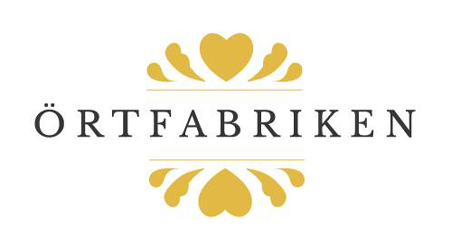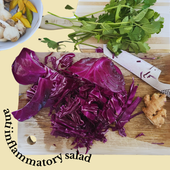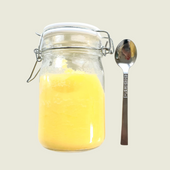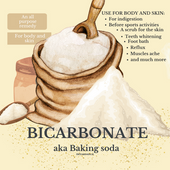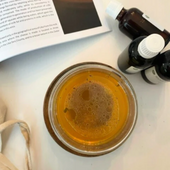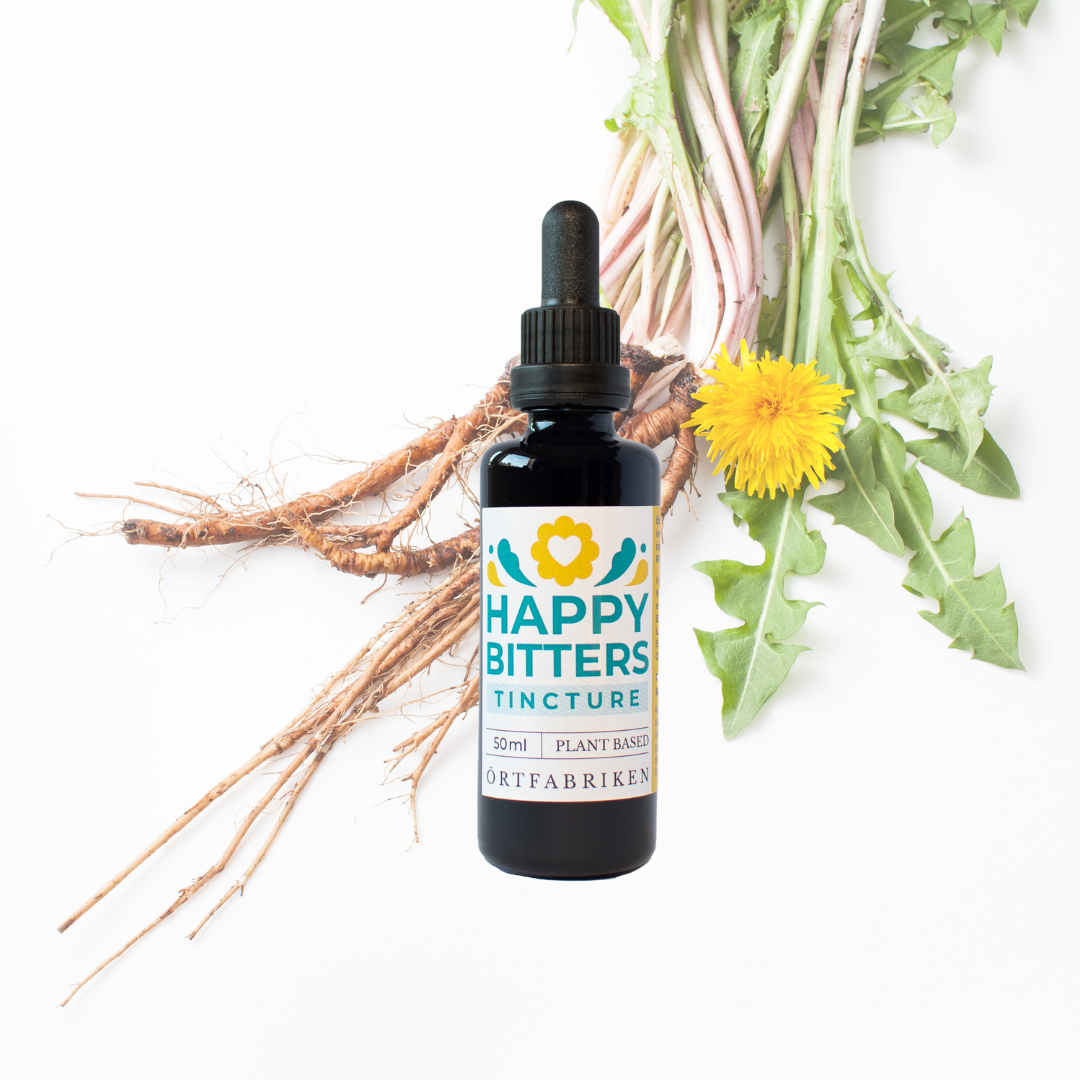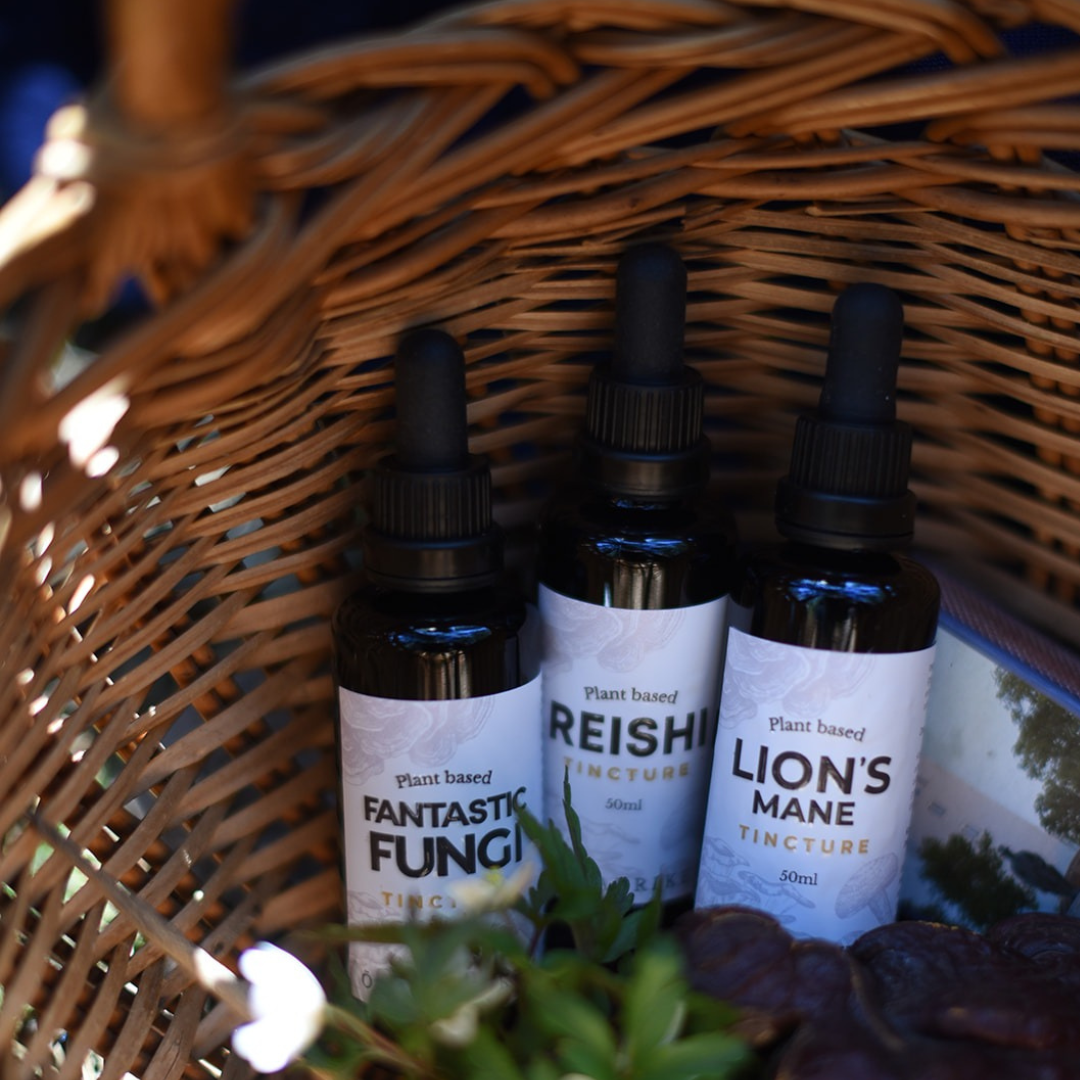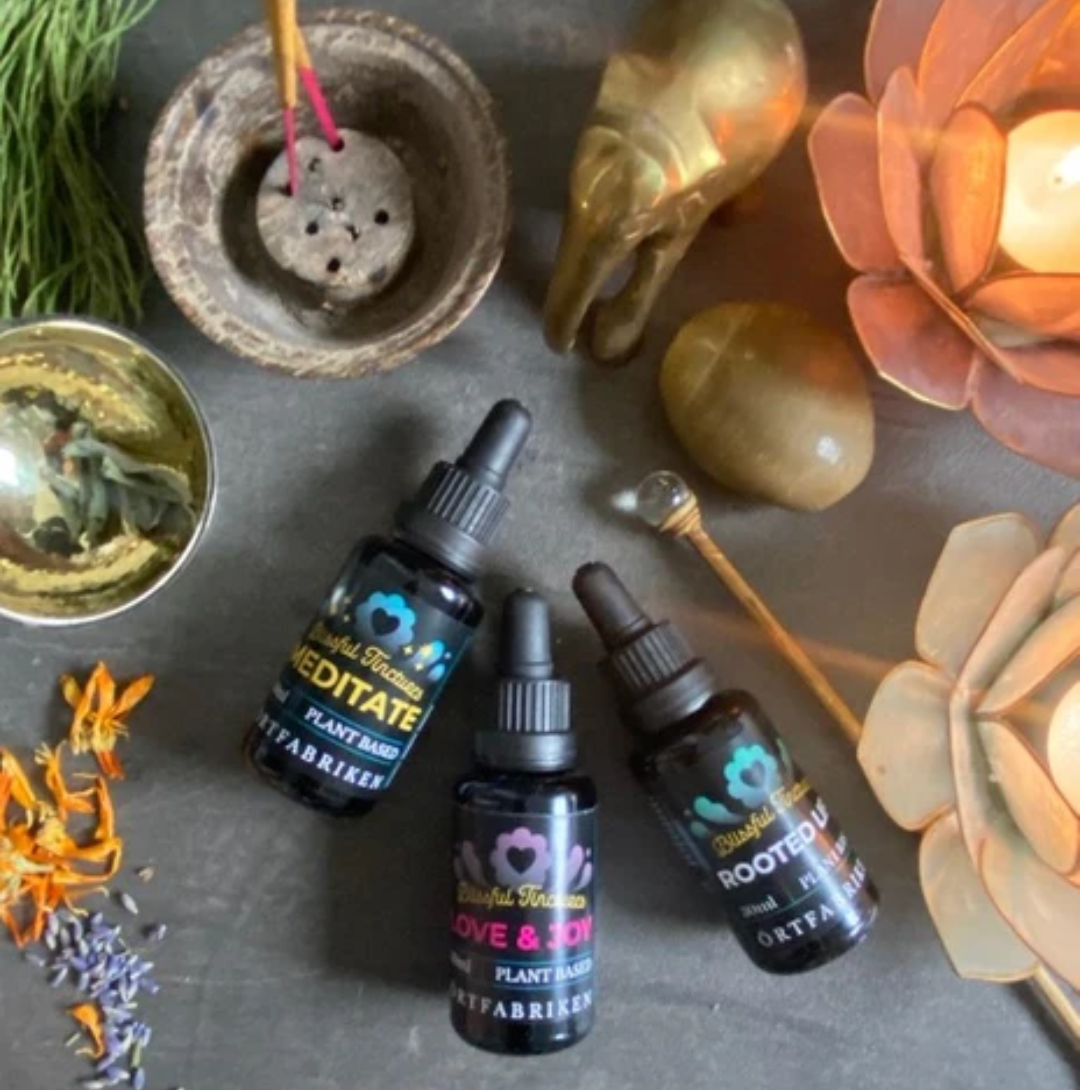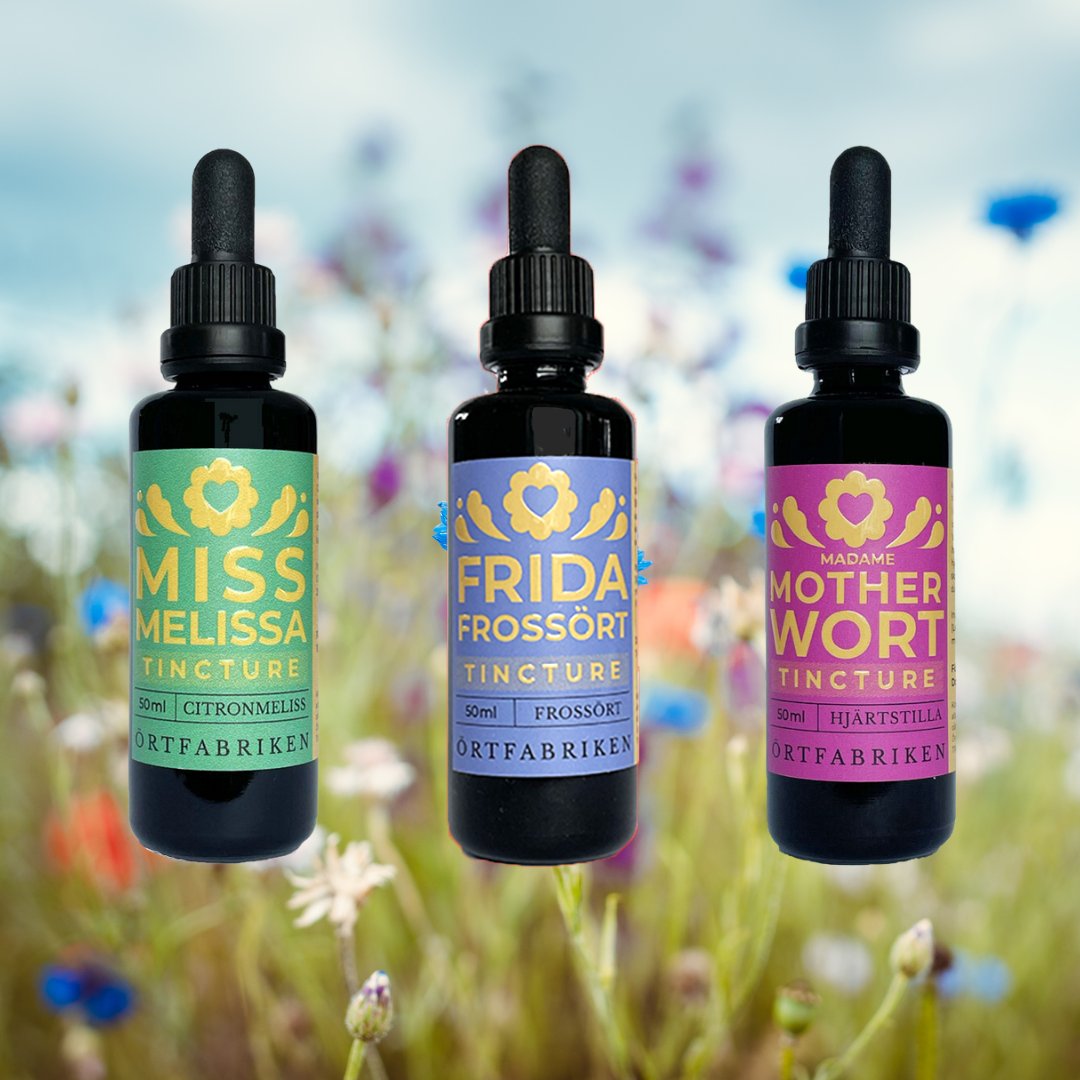Thyroid | Natural support for hypothyroidism | Underactive thyroid
Dela med en vän ♡
When I started Örtfabriken, I thought I would write mostly about the thyroid gland and how we can support our thyroid naturally. My journey into the world of herbs began with hypothyroidism. My interest in health took off when I myself tried to find ways to support my thyroid gland. The journey was long and the knowledge was extensive. But it still took until now for me to start writing about the thyroid gland.
I can summarize how I support my own hypothyroidism in four cornerstones:
1. Natural thyroid hormone or synthetic hormone - Use the thyroid medication that works for you. The thyroid gland produces four hormones (T4, T3, T2 and T1). The vast majority (almost 500,000 people in Sweden) take levothyroxine, such as Levaxin or Euthyrox, which contains the synthetic hormone T4. I didn't get better with Levaxin, but added the medication Liothyronine, which contains the synthetic hormone T3. Big improvement! But even though I had a very small dose, after a while I felt overmedicated with symptoms that were on the rise.
I had been trying to get natural thyroid hormone, NDT prescribed for a long time. But it was only when I was living abroad that I got access to the medicine. Now I use the medicine Erfa (others may know Armour Thyroid and ), which is dried pig thyroid and therefore a natural thyroid hormone. It has worked so much better, for me.
If you are interested in learning more, I highly recommend Stop the Thyroid Madness, which has long advocated for more natural thyroid hormone as a treatment. The website looks a bit crazy, but there is a lot of in-depth knowledge about natural thyroid hormone there. Here is also a good compilation from the Swedish Hypotyreos.info .
2. Eliminate gluten and review your diet. This made a huge difference for me. I had long removed lactose and minimized sugar. But when I removed gluten completely for three months, my general well-being took a leap forward. The inflammation in the body decreased significantly, the brain fog eased and I began to feel that the body could recover. It has now been more than ten years and I do not intend to turn back. I try to eat as clean a diet as possible. That is, do not eat processed foods, avoid lactose and sugar. Since I removed gluten, I am much less sensitive in general. But if I start to challenge the limits again, for example by eating processed gluten-free bread and other fast food, the symptoms creep back.
3. Nourish your thyroid. This is where I get into the act the most. We can nourish our thyroid in so many ways. At the beginning of my journey with hypothyroidism, the recommendation was not to supplement the body with iodine. But the more I learned through herbalism, the more I understood that iodine is an important component and something that has been used throughout history for thyroid disease. It is trendy to supplement iodine in drop form, but it is far too strong for me. I apply iodine drops to my skin daily. But I am also an advocate of supplementing with seaweed and seaweed , as kelp in particular contains a high level of iodine. It is a much gentler way to supplement the body with iodine, while also getting a broader spectrum of nutrition that way.
In the herbal kingdom there is a wide arsenal of herbs that you can use to support your thyroid gland. There are herbs that contain a lot of nutrients in themselves, such as nettle and red clover, which you can use as a so-called tonic. Or add dandelion leaves and fragrant violet. Everything that is green is good for the stomach and provides nutrients. The thyroid gland, just like our entire organism, needs nutrition.
But there are also some herbs that specifically support the thyroid gland. The herb that is most often mentioned is Ashwagandha, but also Russian root or Siberian Ginseng as it is also somewhat incorrectly called. These belong to the adaptogenic herbs . Adaptogens are herbs and mushrooms that give us the strength to handle external stresses, to stand strong when the wind blows.
4. Make lifestyle changes. It's crappy for your thyroid to medicate it and then continue in the same old footsteps and believe that it will fight on its own. The fourth cornerstone is that we must make lifestyle changes. Even if it feels difficult, impossible or perhaps unfair and boring. Stress and too little sleep will not help your general well-being. You help your thyroid on the trot, by introducing small but significant lifestyle changes. I link to an article Örtfabriken has written about meditation , which may be inspiring.

In the picture above, in addition to the four cornerstones above, I have mentioned dealing with deficiencies. This insight has become more and more important to me. For my part, I have experienced iron deficiency and low B vitamins throughout my upbringing. They have been faithful companions, which I have tried to remedy a little half-heartedly. Now, several decades later, I have wondered whether these deficiencies are actually the basis of my hypothyroidism. I have experienced a final piece of the puzzle in my well-being by supplying B vitamins in methylated form.
I think my iron deficiency has improved a lot by working on my gastrointestinal health. I will not go into the stomach and microbiota here in this article. I have written a lot about the importance of the stomach and intestinal flora here on the Örtfabriken blog , which can provide good guidance if you are interested in reading more. Clearly, a balanced stomach is the foundation of all well-being.
During the worst years of my hypothyroidism, I received a lot of support from Stop the Thyroid Madness, where Janie Bowthorpe writes about iron deficiency and its correlation with poor thyroid levels .
Last but not least, I want to give you a shot at monitoring your thyroid in a simple and old-fashioned way by measuring your body temperature. With hypothyroidism, your body temperature is too low. The closer you are to 37 degrees, the better your thyroid is functioning.
Did you find this interesting? Feel free to read Örtfabriken's blog articles. You can also subscribe to our newsletter to receive information about the latest articles and by following us on Instagram .
